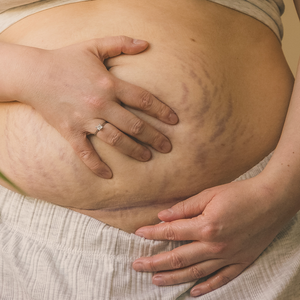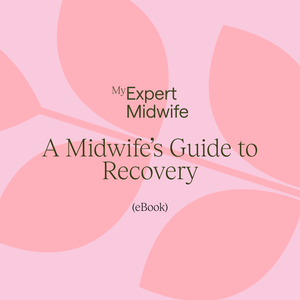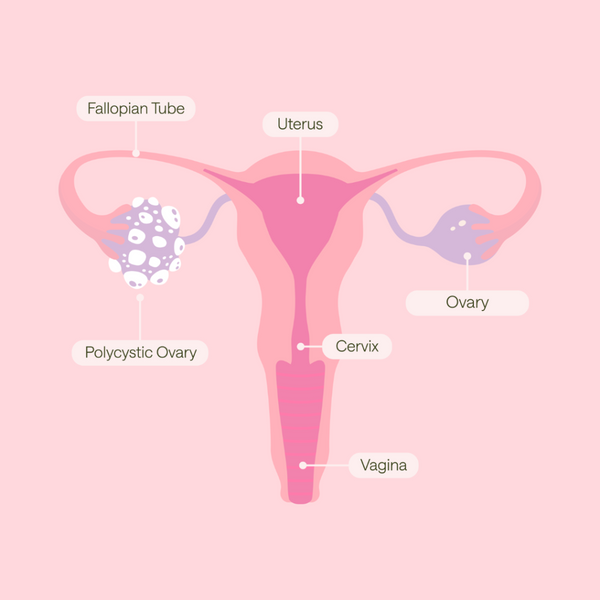Since the first mention of midwives in the bible, midwifery and maternity has transformed over those years. Whilst much has changed there are other parts of maternity care that has hardly changed at all.
The Bible
The first written evidence of midwives is in Exodus 1:15-2. Shiphrah and Puah, two Hebrew midwives who served the Israelites in Egypt saved many Hebrew boys from the orders of the Pharaoh to kill infant boys at birth by claiming that they were unable to be present at births as ‘Hebrew women gave birth so quickly and thus, unable to implement these orders.
Midwife-witches
Contrary to popular belief, the myth of the midwife-witch is historically inaccurate; practising as a midwife required them to be God-fearing, respectable and trustworthy which limited any accusation of witchcraft. They were however unregulated and said to be safe to practise either by their community or the church.
Regulation & Training
By 1902, through statutory regulation by the Central Midwives Board (CMB), as part of the Midwives Act of 1902, midwives became a legally recognised profession. The CMB were responsible for building the programme of training, defining the scope of practise and the midwives’ rules. As there were so few lay midwives who met that standard there was a transition period until 1905 whereby all midwives were required to show evidence of their ability to practise safely. By 1910 midwives were required to be certified; those who were not certified were required to work under the supervision of midwives who were. Its function was to approve training programmes, define ‘Rules of Practice’ and that same function exists today under the Nursing and Midwifery Council (NMC).
Obstetrics wasn’t established as an academic discipline until the 18th century and prior to that were known as man-midwives
Customs Worldwide
Worldwide, there is great variation in maternity customs and none more so than postnatal care. For some cultures, bed rest extends to weeks with multiple family members taking over all aspects of baby and home care. In the UK, the amount of maternity care offered to women throughout pregnancy and the postnatal period has reduced significantly. This coincided with a move towards parents’ encouragement to ‘do it alone’ and remain in their bubble. We are starting to see a move away from that and back towards support from inner circle family and friends, as the African proverb says, “It takes a village to raise a child”.
If you would like to learn more about becoming a midwife, the Royal College of Midwives has some excellent information.


















